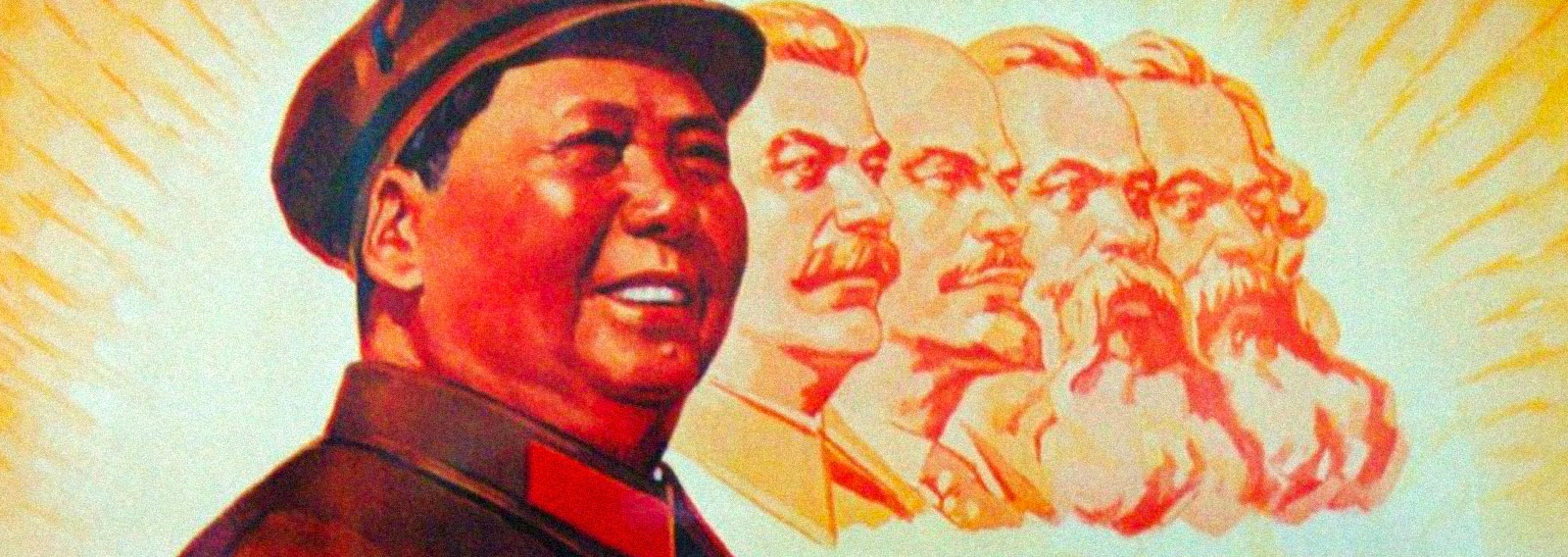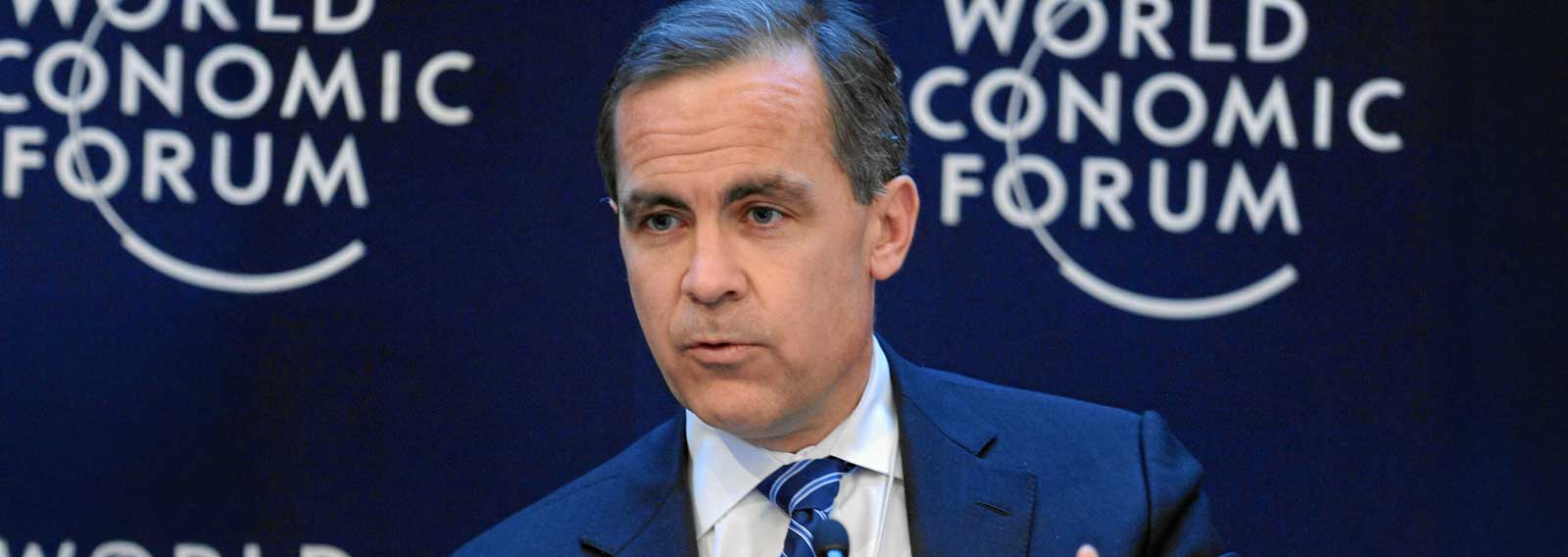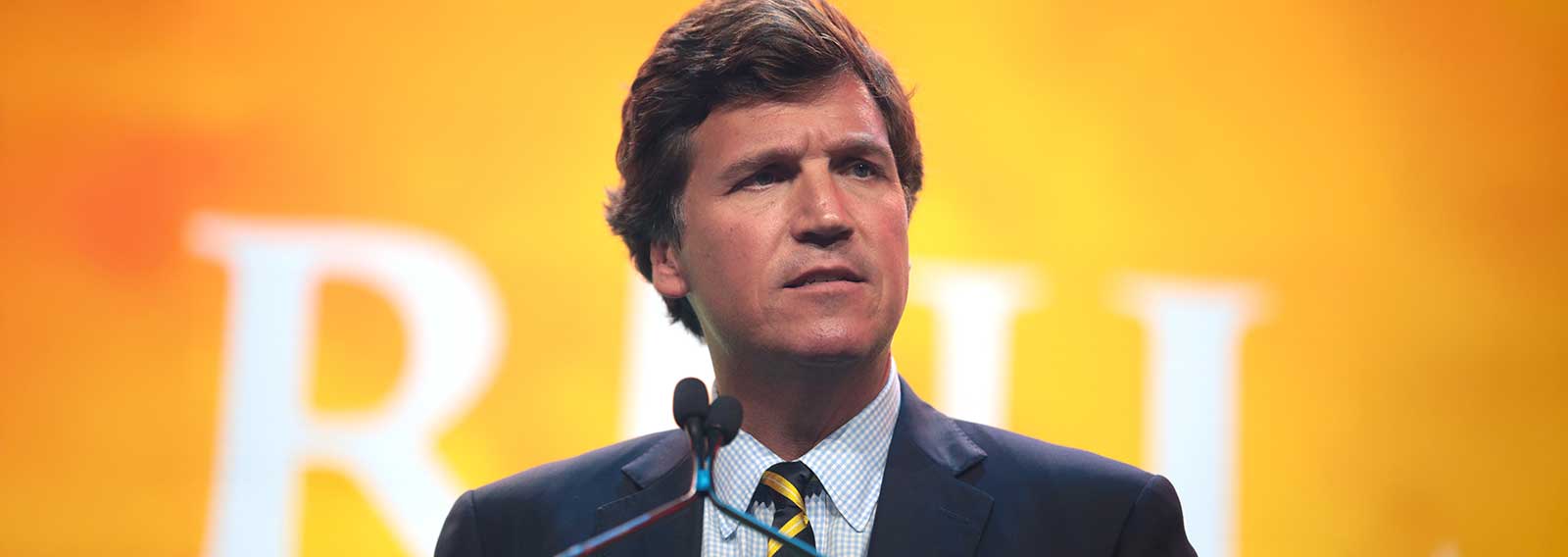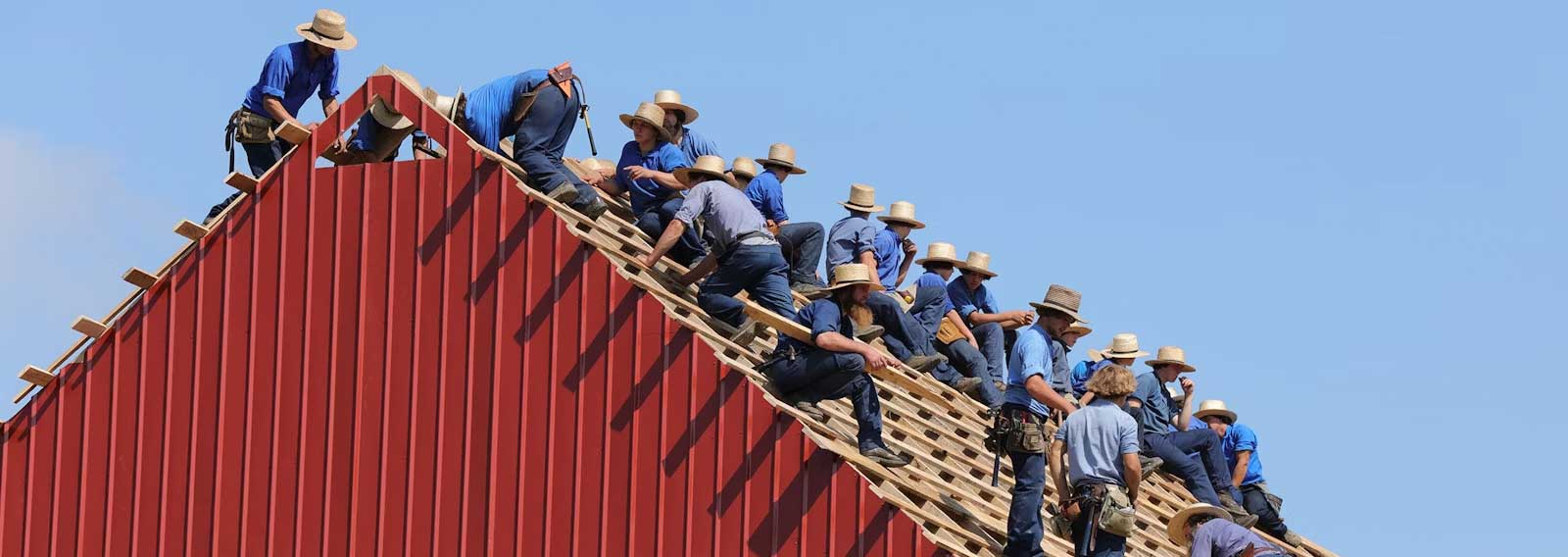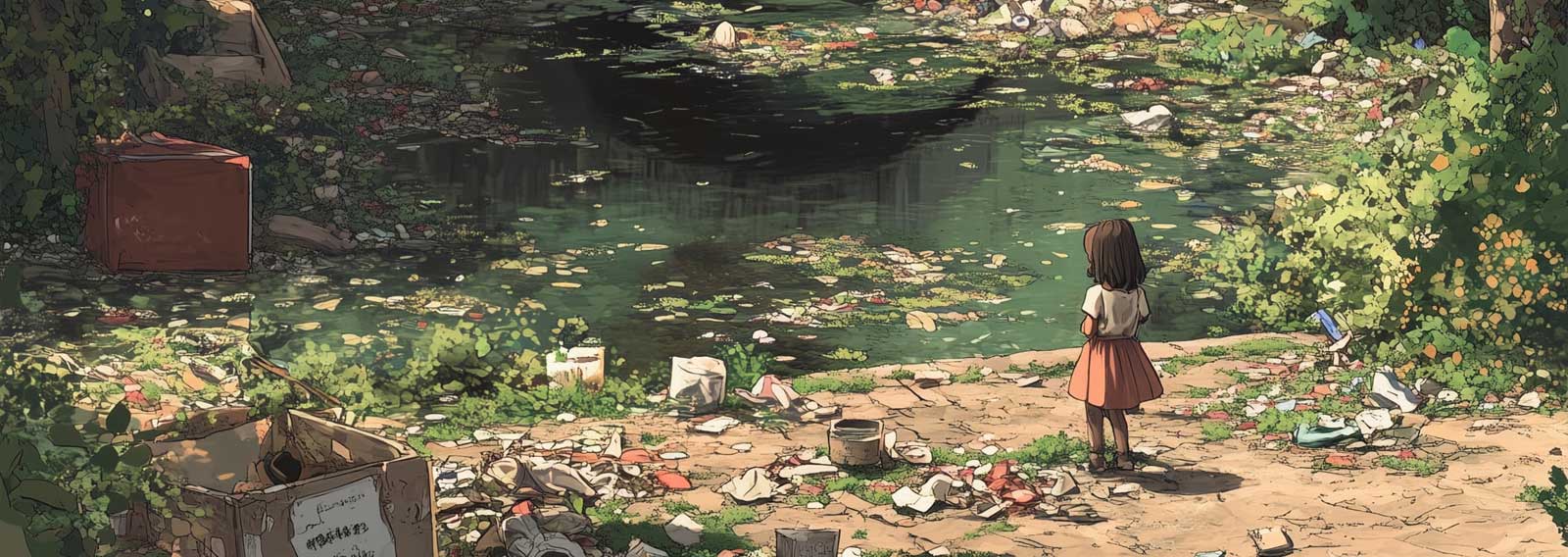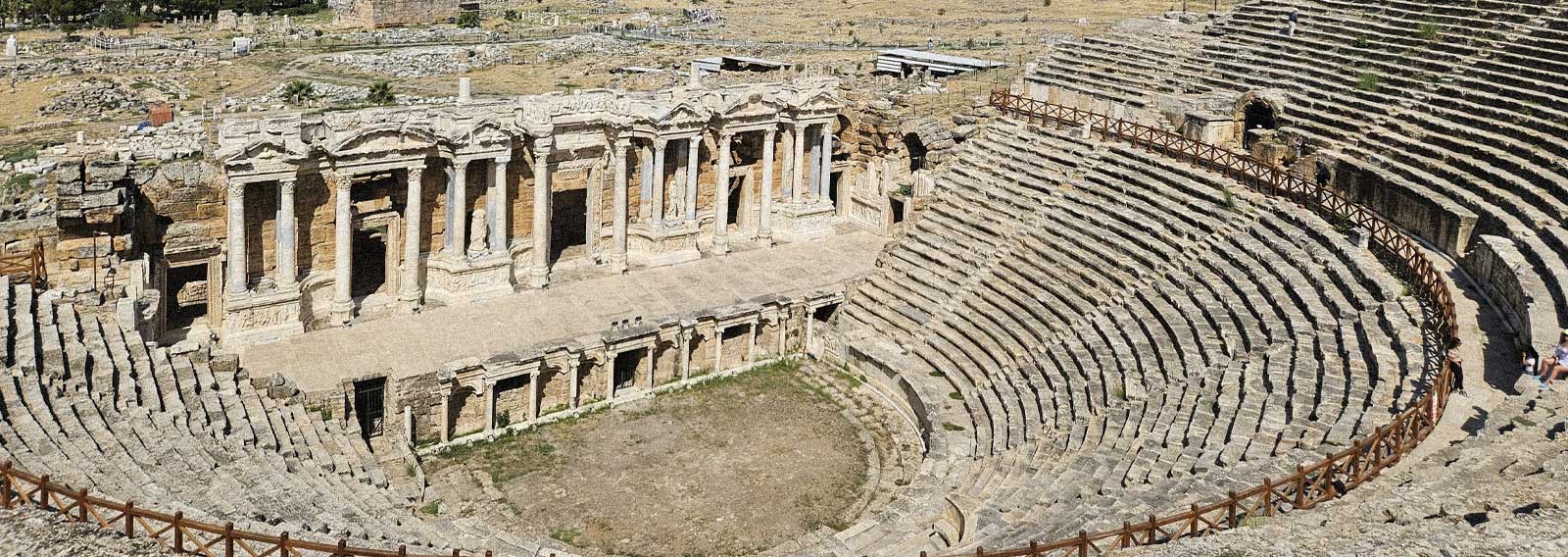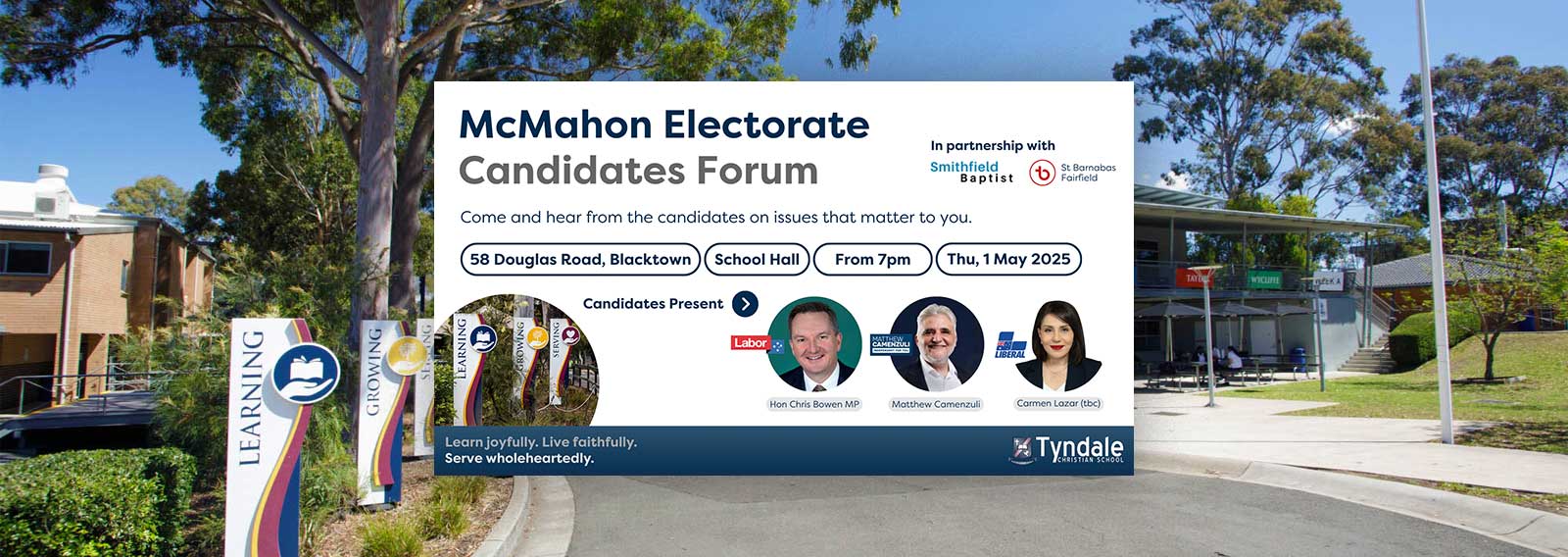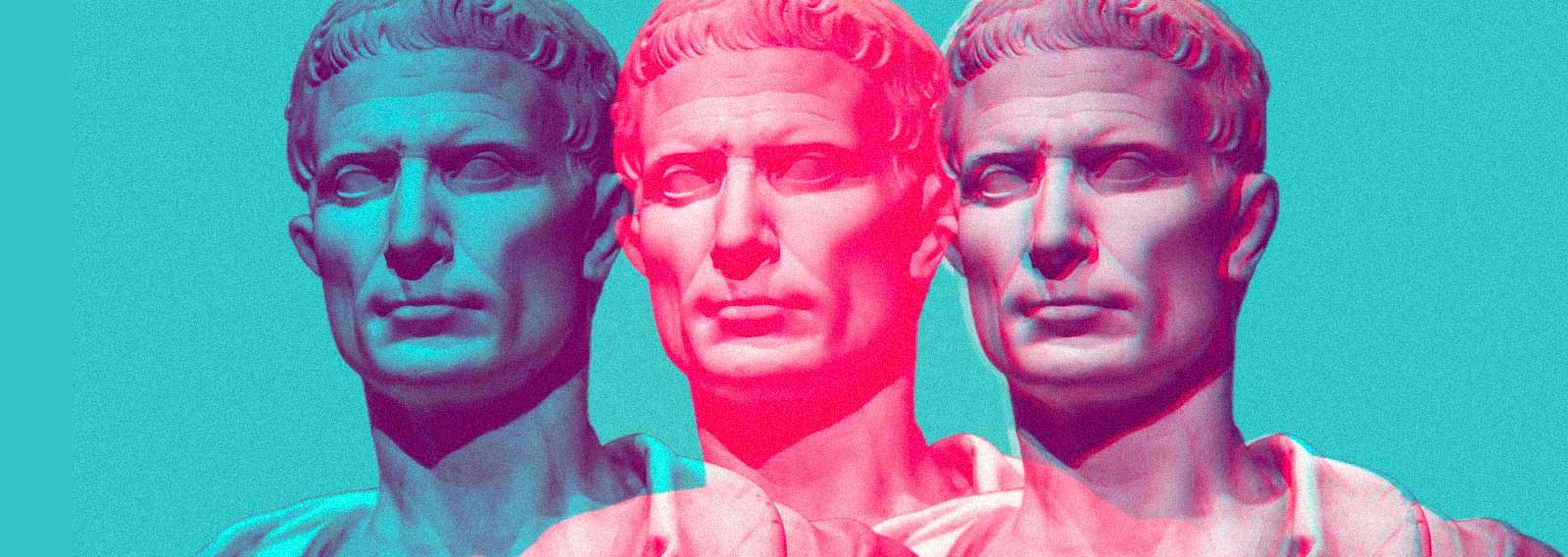We must not forget the murderous legacy of Communism, including Chinese Communism.
Those aware of recent history and those who have not allowed ideological blinders to cloud their thinking and mess with their morality know one thing with certainty: Communism has been the most bloodthirsty and diabolical political ideology to have been unleashed upon the world.
Nothing else compares, not even Nazism. Sure, the Nazi rule only went on for a dozen years, with so many millions killed, while Communist tyrannies have lasted longer. But we are talking hundreds of millions of people killed in the name of godless Communism.
The vitally important 1999 volume of nearly 900 pages, The Black Book of Communism: Crimes, Terror, Repression (Harvard University Press), is of course indispensable here. But hundreds of other volumes can be mentioned. One thinks simply of the hugely important works by the Soviet dissident Alexander Solzhenitsyn.
And back in 1990 my own book, Modern Conservative Thought: An Annotated Bibliography was published, listing well over 700 titles. I just counted and exactly 150 books are featured in the Marxism/Communism section. Perhaps the majority of those deal with Soviet Communism and Eastern European Marxism.
Also, my economics chapter of some 200 titles featured plenty of other books looking carefully at the failures of socialism and the like. For more on that book, see here.
But today Chinese Communism is the real nemesis, along with places like North Korea. While the Iron Curtain may have fallen, Sino-Communism continues to cause incredible damage and misery to its own people, and poses a very real threat to the rest of the world. It is seeking to be the sole world superpower at all costs.
In future articles, I will offer a recommended reading list on this, but here I want to focus on just one very important author. I must confess that I am a bit behind the times, as these books have been out for some years now, but I finally bought and read the utterly essential “People’s Trilogy” by Frank Dikötter. This invaluable set contains these works:
- The Tragedy of Liberation: A History of the Chinese Revolution 1945-1957. Bloomsbury, 2013, 2017.
- Mao’s Great Famine: The History of China’s Most Devastating Catastrophe, 1958-62. Bloomsbury, 2010, 2017.
- The Cultural Revolution: A People’s History, 1962-1976. Bloomsbury, 2016.
Its focus is obviously on Mao Zedong and the development of Chinese Communism. Just yesterday I quoted some key passages from the first book in the trilogy.
Here I want to quote from all three volumes. One of the very good features of this set is how the author so very nicely summarises the contents of each book in the preface. Sure, you will want all the gory details and more, and that you get in the nearly 1000 pages all up.
But each preface very handily tells you what you can expect in each volume. So here I will quote from some of each preface.
The Tragedy of Liberation:
The Chinese Communist Party refers to its victory in 1949 as a ‘liberation’. The term brings to mind jubilant crowds taking to the streets to celebrate their newly won freedom, but in China the story of liberation and the revolution that followed is not one of peace, liberty and justice. It is first and foremost a history of calculated terror and systematic violence.
The Second World War in China had been a bloody affair, but the civil war from 1945 to 1949 also claimed hundreds of thousands of civilian lives – not counting military casualties. As the communists tried to wrest the country from Chiang Kai-shek and the nationalists, they laid siege to one city after another, starving them into submission….
Violence was the revolution, to paraphrase Simon Schama’s observation about the French Revolution. But violence needed to be inflicted only occasionally to be effective. Fear and intimidation were its trusted companions, and they were widely used. People were encouraged to transform themselves into what the communists called ‘New People’. Everywhere, in government offices, factories, workshops, schools and universities, they were ‘re-educated’ and made to study newspapers and textbooks, learning the right answers, the right ideas and the right slogans. While the violence abated after a few years, thought reform never ended, as people were compelled to scrutinise their every belief, suppressing the transitory impressions that might reveal hidden bourgeois thoughts behind a mask of socialist conformity. Again and again, in front of assembled crowds or in study sessions under strict supervision, they had to write confessions, denounce their friends, justify their past activities and answer queries about their political reliability. One victim called it a ‘carefully cultivated Auschwitz of the mind’.
Yet much of the regime was founded on far more than mere violence and intimidation. The history of communism in China is also a history of promises made and promises broken….
In the countryside, despite fierce resistance to collectivisation and the devastation it produced, in 1956 farmers lost their tools, their land and their livestock. They also lost their freedom of movement and were compelled to sell their grain to the state at prices mandated by the state. They became bonded labourers at the beck and call of local cadres. Already by 1954, by the admission of the regime itself, farmers had a third less food to eat compared to the years before liberation. Almost everybody in the countryside was on a starvation diet.
When Mao turned against intellectuals in 1957, sending half a million of them to the gulag, it was the culmination of a series of drives by the party to eliminate all opposition, whether it came from ethnic minorities, religious groups, farmers, artisans, entrepreneurs, industrialists, teachers and scholars or doubters within the ranks of the party itself. After a decade of communist rule, there was hardly anybody left to oppose the Chairman.
Mao’s Great Famine:
Between 1958 and 1962, China descended into hell. Mao Zedong, Chairman of the Chinese Communist Party, threw his country into a frenzy with the Great Leap Forward, an attempt to catch up with and overtake Britain in less than fifteen years. By unleashing China’s greatest asset, a labour force that was counted in the hundreds of millions, Mao thought that he could catapult his country past its competitors….
In the pursuit of a utopian paradise, everything was collectivised, as villagers were herded together in giant communes which heralded the advent of communism. People in the countryside were robbed of their work, their homes, their land, their belongings and their livelihood. Food, distributed by the spoonful in collective canteens according to merit, became a weapon to force people to follow the party’s every dictate. Irrigation campaigns forced up to half the villagers to work for weeks on end on giant water-conservancy projects, often far from home, without adequate food and rest. The experiment ended in the greatest catastrophe the country had ever known, destroying tens of millions of lives….
[T]his book shows that at least 45 million people died unnecessarily between 1958 and 1962. . . . [W]e can infer that between 1958 and 1962 by a rough approximation 6 to 8 per cent of the victims were tortured to death or summarily killed – amounting to at least 2.5 million people. Other victims were deliberately deprived of food and starved to death. Many more vanished because they were too old, weak or sick to work – and hence unable to earn their keep. People were killed selectively because they were rich, because they dragged their feet, because they spoke out or simply because they were not liked, for whatever reason, by the man who wielded the ladle in the canteen. Countless people were killed indirectly through neglect, as local cadres were under pressure to focus on figures rather than on people, making sure they fulfilled the targets they were handed by the top planners.
A vision of promised abundance not only motivated one of the most deadly mass killings of human history, but also inflicted unprecedented damage on agriculture, trade, industry and transportation….
The Cultural Revolution:
The Cultural Revolution was Mao’s second attempt to become the historical pivot around which the socialist universe swings. . . . Like many dictators, Mao combined grandiose ideas about his own historical destiny with an extraordinary capacity for malice. . . . The Cultural Revolution, then, was also about an old man settling personal scores at the end of his life….
Mao wished to purge the higher echelons of power, so he could hardly rely on the party machine to get the job done. He turned to young, radical students instead, some of them no older than fourteen, giving them licence to denounce all authority and ‘bombard the headquarters’….
[T]he Chairman urged the population at large to join the revolution, calling on all to ‘seize power’ and overthrow the ‘bourgeois power holders’. The result was a social explosion on an unprecedented scale, as every pent-up frustration caused by years of communist rule was released, There was no lack of people who harboured grievances against party officials….
But there was also a much darker heritage. Even if, in terms of human loss, the Cultural Revolution was far less murderous than many earlier campaigns, in particular, the catastrophe unleashed during Mao’s Great Famine, it left a trail of broken lives and cultural devastation. By all accounts, during the ten years spanning the Cultural Revolution, between 1.5 and 2 million people were killed, but many more lives were ruined through endless denunciations, false confessions, struggle meetings and persecution campaigns.
Hopefully, these brief quotes will give you a real taste for this trilogy, and spur you on to getting them, reading them, and sharing them with others. Although Mao may be long gone (he died in 1976), his diabolical legacy lives on today in Communist China.
We all must learn from the lessons of history, or else we will be doomed to repeat them.


